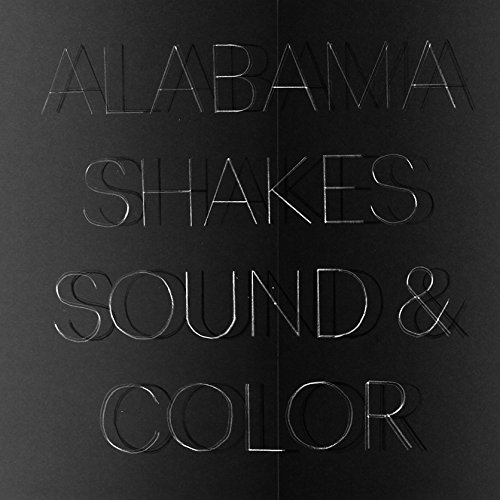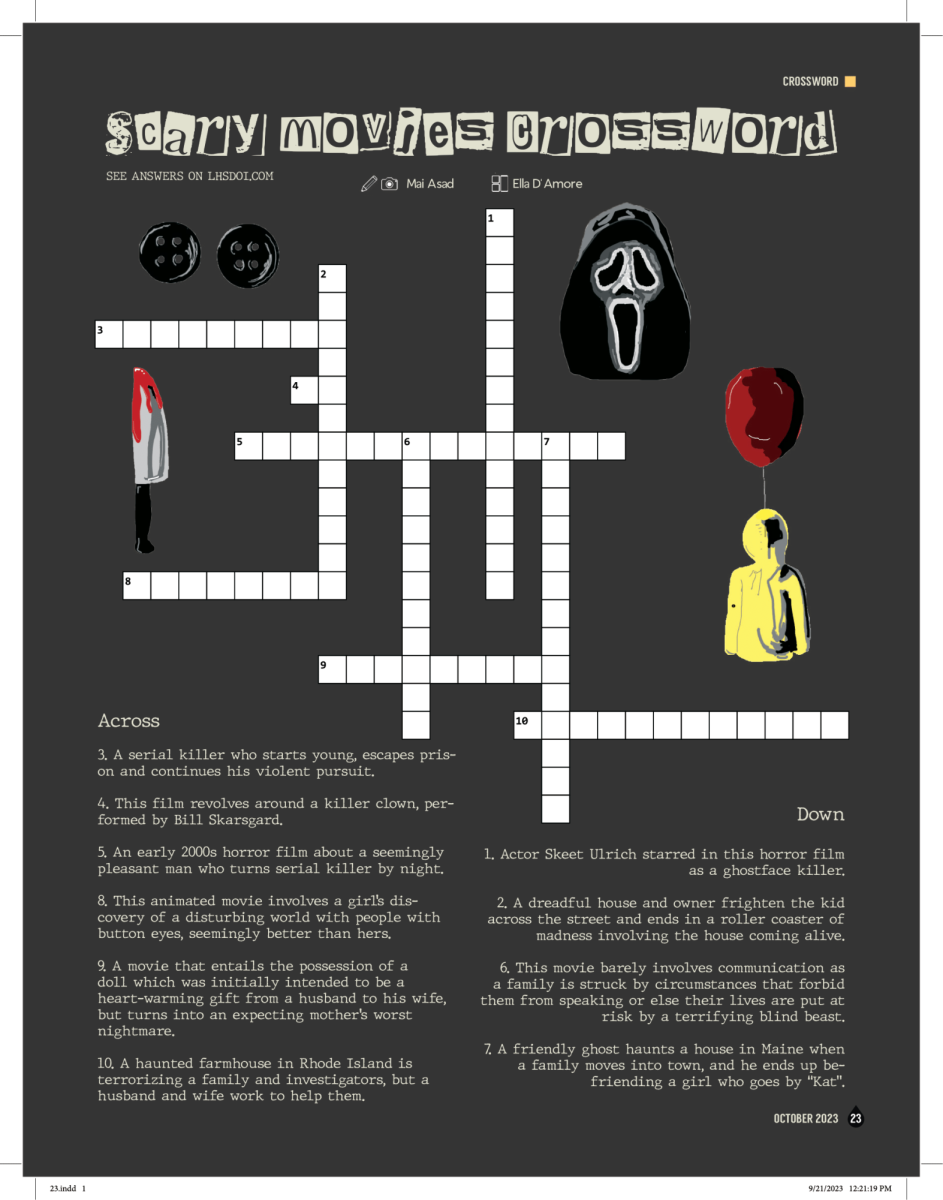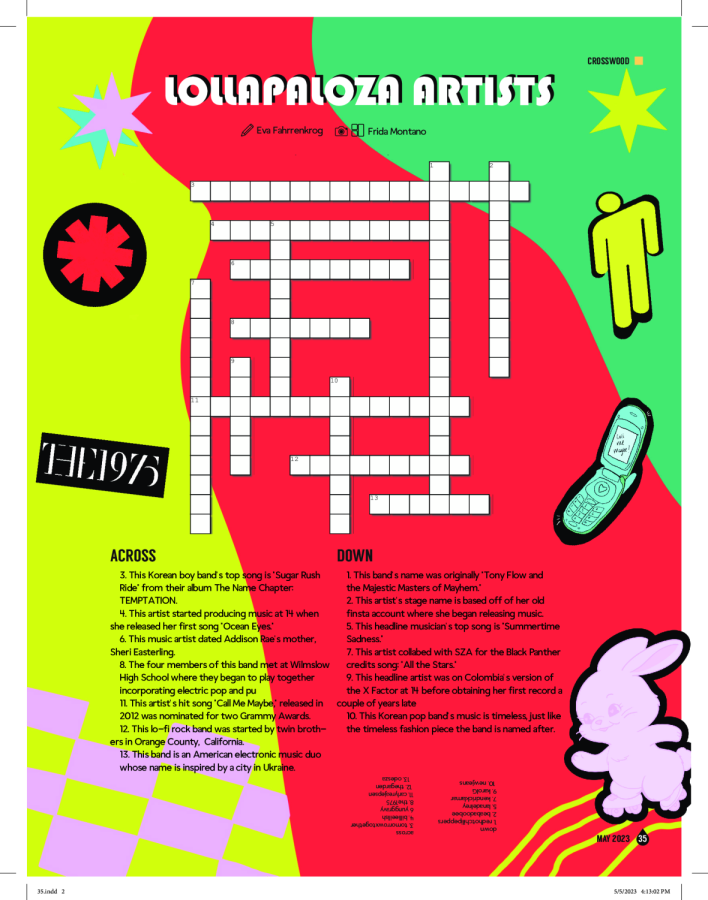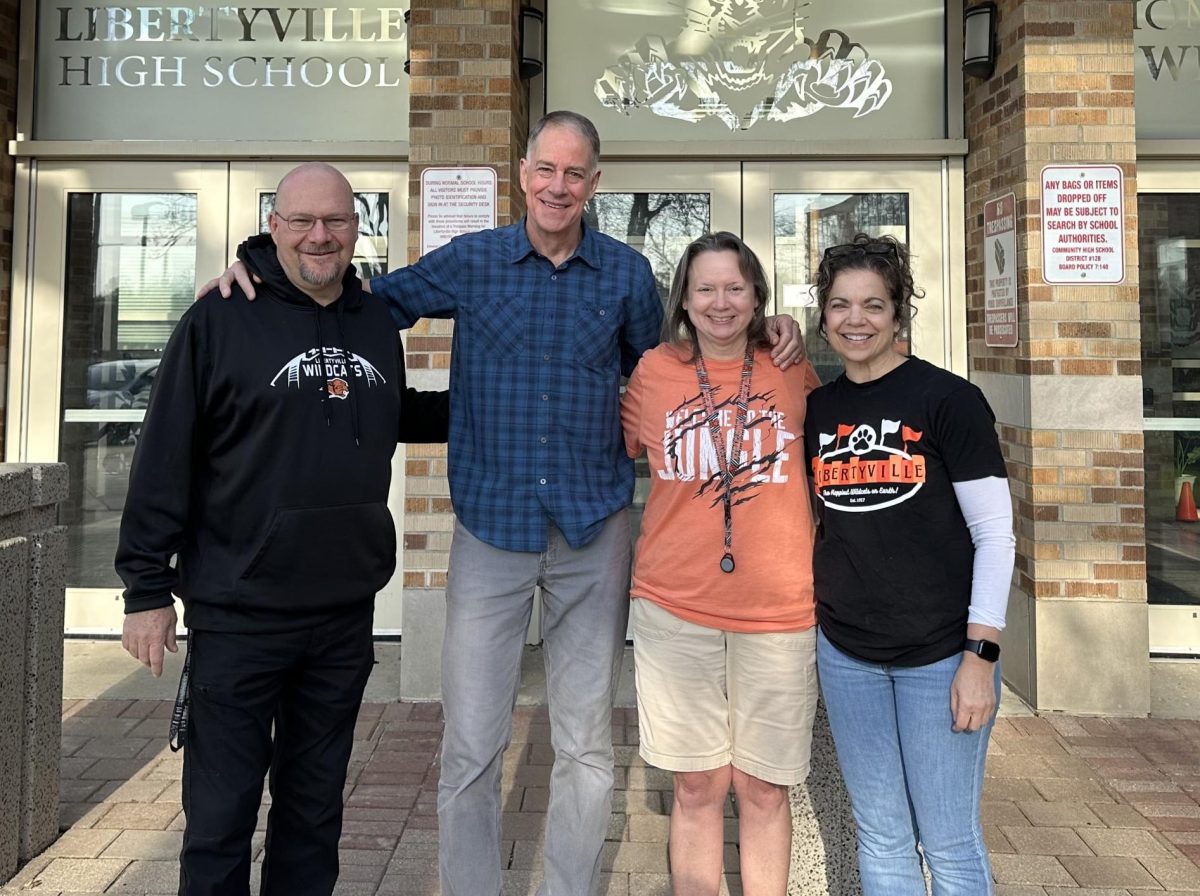
If there was any doubt concerning the merit of the release of Alabama Shakes’ second studio album, Sound and Color, there isn’t anymore. Emphasizing the group’s unique bluesy and southern rock-oriented style, the record holds resemblance to a classic rock album joined with modern twists and effects throughout.
The album, released on April 21, proves that the band is versatile and genuine enough to continue making music that’s worth a listen. If singer Brittany Howard’s beautifully dynamic vocals weren’t enough in itself, the instrumentals are arranged brilliantly to produce clean and catchy overtones, creating a refreshingly full-feeling record. The album thrives on rhythm and soul, all the while remaining a solid rock album.
The record brings back a sense of a band that really thrives on their togetherness to produce the final product. While members hold their own strengths, the group often plays instruments interchangeably on tracks, giving the album a varied perspective and a certain relatability factor in its production through its broad approach. In fact, the idea goes so far as to show Howard credited for the Vibraphone instrumentals (similar in appearance to the xylophone) and strings, as well as producer Blake Mills included on percussion on certain cuts.
Unlike the group’s prior album, Boys and Girls, a central theme of depravity and the connotations in coping are strongly prevalent, as opposed to the more hopeful and steadfast love songs associated with their debut album.
On “Dunes,” Howard sings, “I swam from the terrible dust/ I don’t know whose problem it is/ I don’t know whose love to give/ I’m losing it,” bringing a sense of struggle in survival to fruition in the band’s artistic yearnings.
Alabama Shakes grooves through a more upsetting lyrical context with their complimentary soulful and bluesy sound in the new album, drawing a new angle on the band’s style. With their last album lending itself to a journey of finding one’s self through love, with songs like “I Found You” and “Be Mine,” Sound and Color shifts to the pain of watching that love drift away.
On the track “Feeling,” Howard sings, “So please don’t take my feelings/ I have found at last/ So please don’t take my feelings/ I have found at last/ Yeah, if I wanted to… I’d be alright.”
While both resemble a sense of survival and the soul finding its place, the two albums do so in very contrasting ways. The diverse topics illustrate the band’s ability to handle subjects of real substance and to vent the ups and downs in their lives into excellent albums.
Blake Mills’ production and involvement with the record enables a listen encompassing a blend of the band’s raw and in-your-face style in conjunction with a clean and echoey feeling at times. The album was produced at Nashville Studio Sound Emporium, and the production couldn’t be better for the group. Mills, having worked with countless artists including Norah Jones, the Dixie Chicks, Lana Del Ray, and Kid rock, has a clear set of experience, specifically in rock and more progressive material, a perfect match for the rising vets on Sound and Color.
Mills “came on board as a co-producer to help harness all of the different ideas. “Blake really helped bring out our confidence, and our comfort in being ourselves,” says [guitarist Heath] Fogg, while Howard adds that “Blake has really strong communication, and the ability to light a fire under your ass,” according to Alabamashakes.com.
The album shares a relatability in its presentation because the band isn’t trying to be something they’re not, unlike other groups who tend to uphold marketable images for themselves. The band illuminates a cool, yet ‘normal’ vibe; one that down-to-earth people better understand. Pictured often with a sense of humor (with beards and Howard’s Alabama tattoo), they don’t take themselves too seriously, which is represented by the record’s honest and heartfelt tracks.
Alabama Shakes. And now so do we, too.













